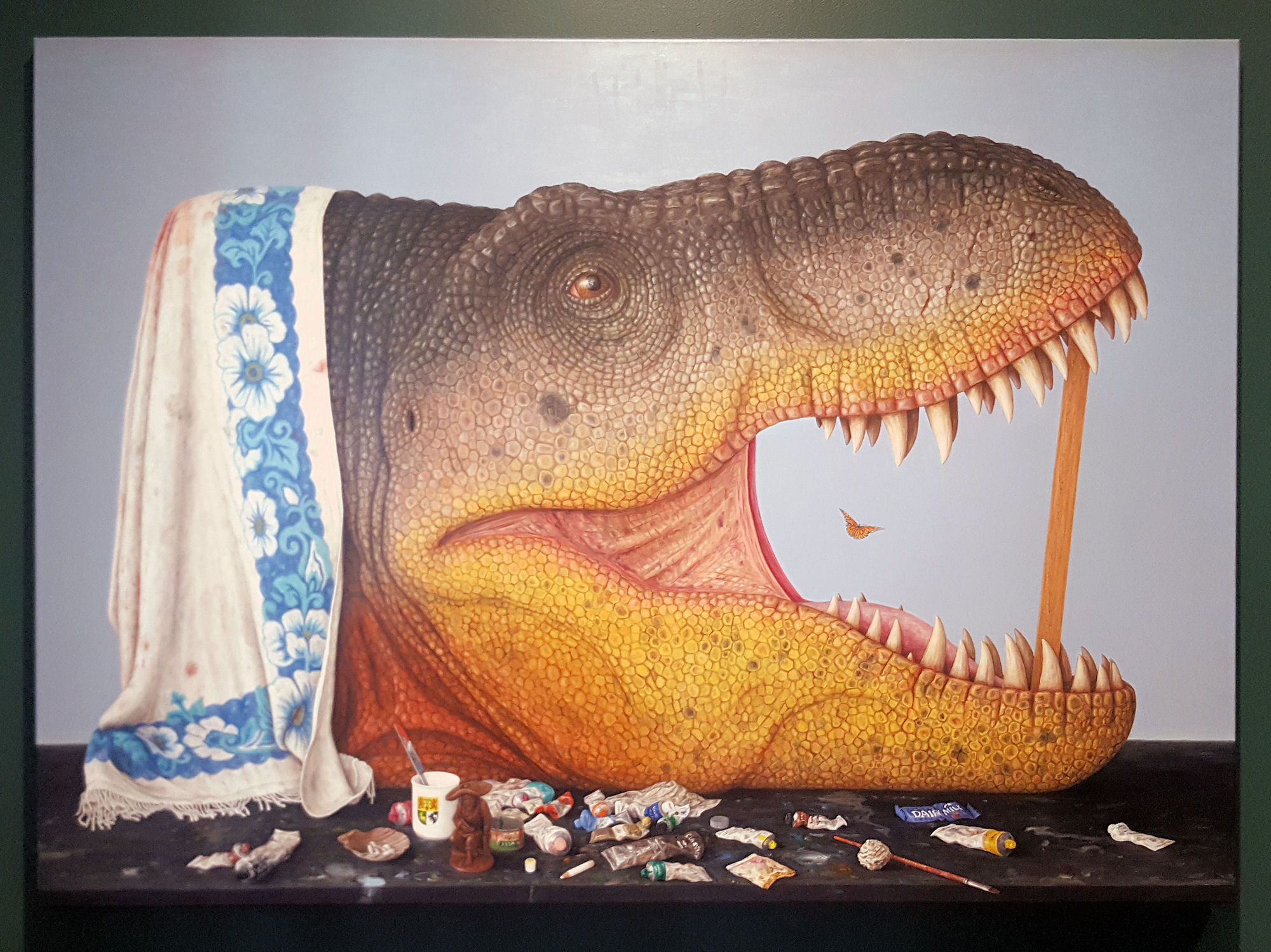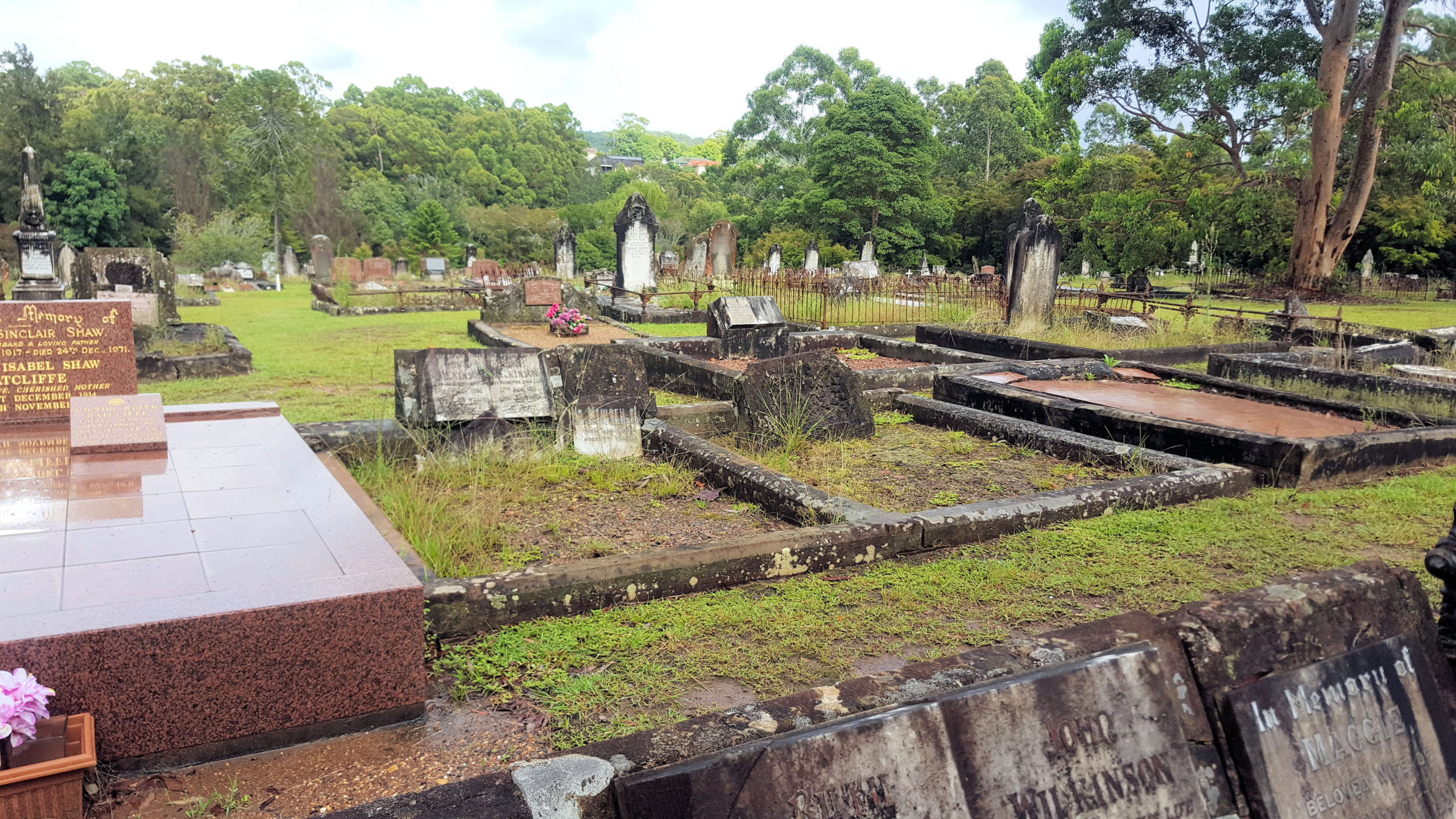Tag: Australia
-
Maitland Regional Art Gallery

Maitland Regional Art Gallery The Maitland Regional Art Gallery occupies a building complex in High Street alongside several other historically significant buildings. Originally two separate buildings a major renovation, saw a joining structure added linking them into one structure. There is ample parking available at the rear of the gallery, so you can avoid trying… Read more
-
Minmi Cemetery in Western Newcastle

Minmi Cemetery Situated in the western suburbs of Newcastle, the Minmi cemetery, records the early history of coal mining in the district. Time and weather have faded many headstone to the point where they can no longer be read. This adds to the atmosphere of the area however, as it gives you a feeling for… Read more
-
We Can Be Heroes Newcastle Art Gallery

We Can Be Heroes Newcastle Art Gallery We Can Be Heroes is a photographic exhibition by Australia’s best music photographers, making it a must see for music fans. On display at the Newcastle Art Gallery until 14 February 2021. From local talent to international superstars, there will someone you recognise. Artists such as David Bowie,… Read more